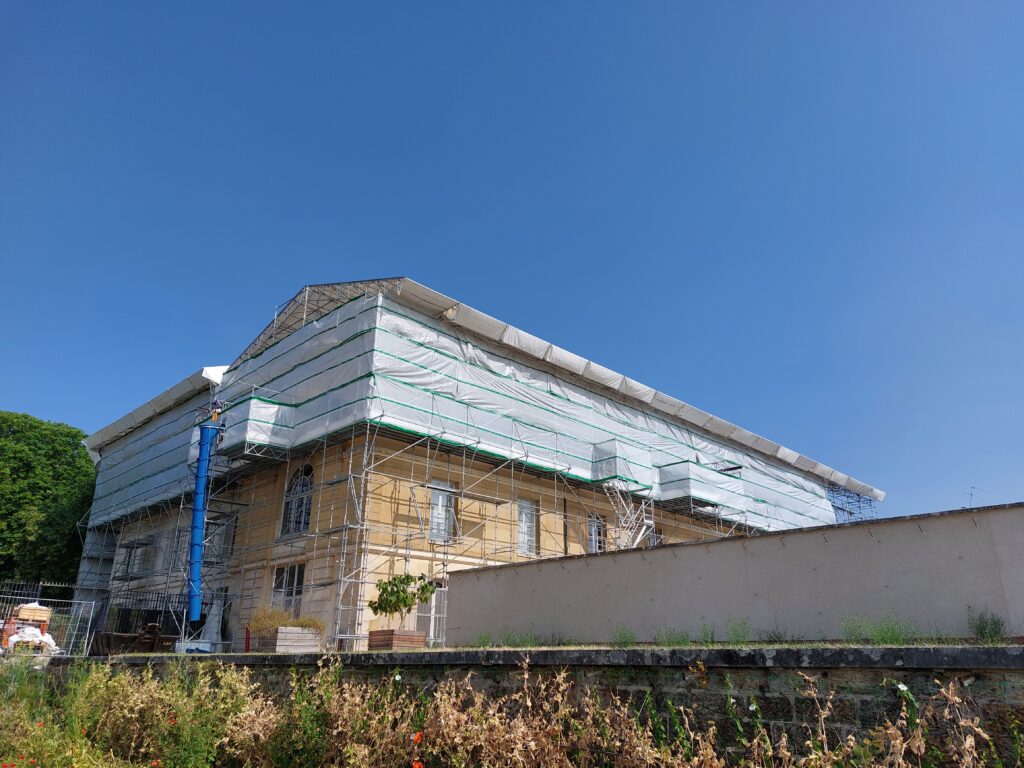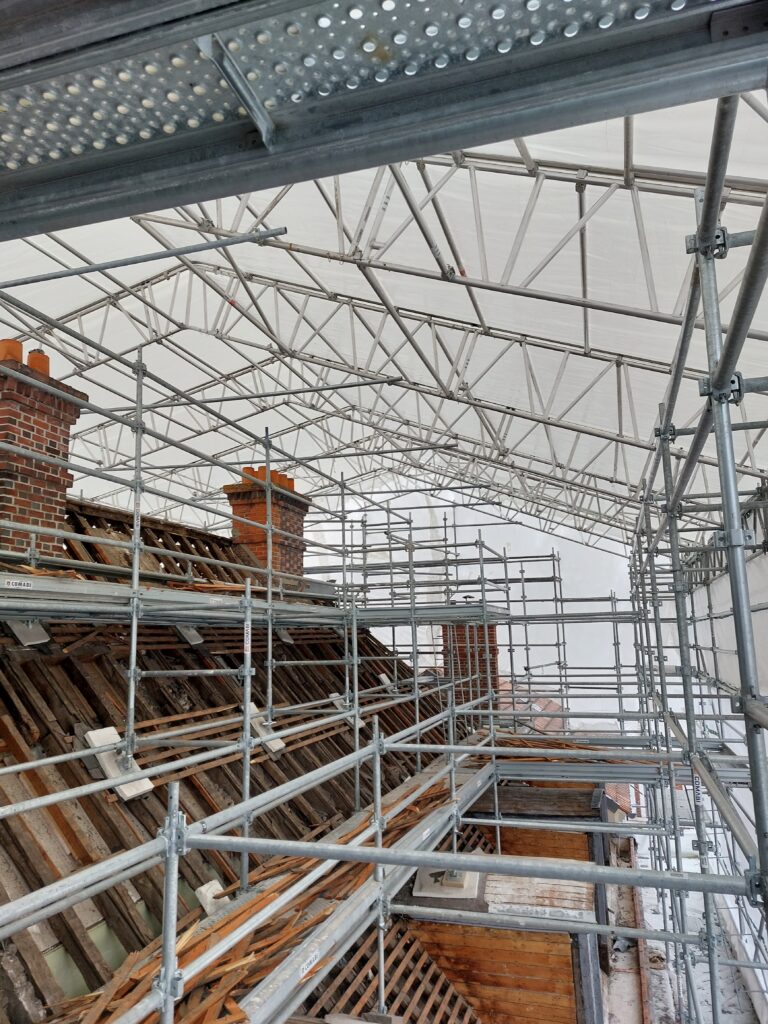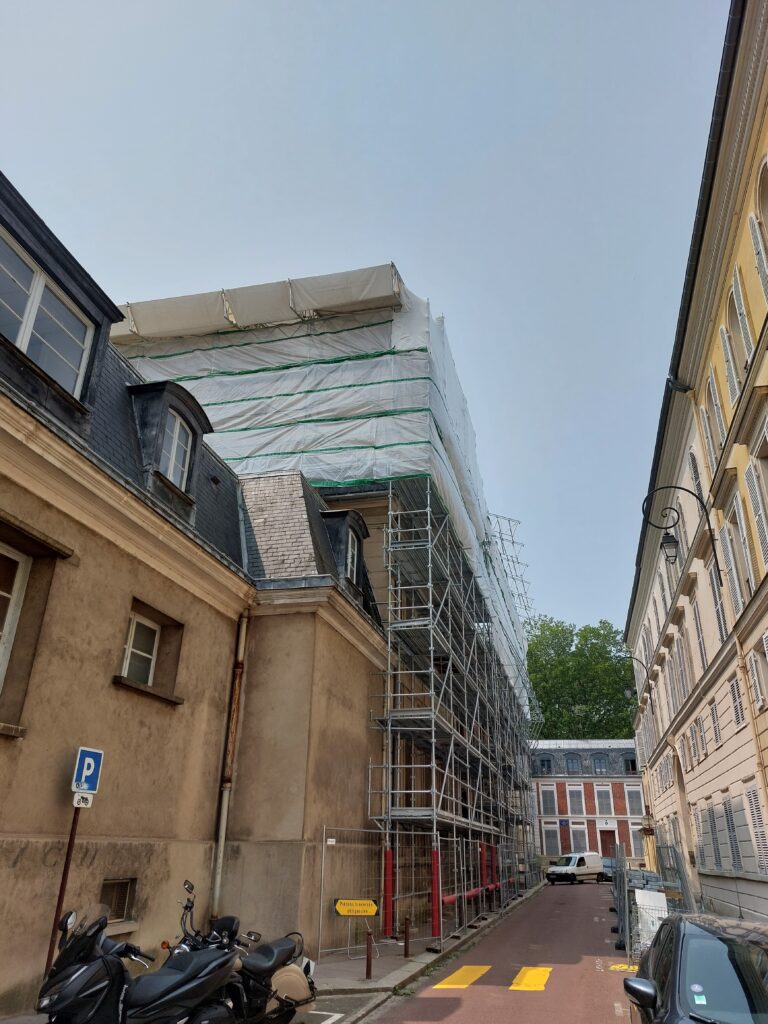- Emblematic worksite
The King’s Vegetable Garden: History, Heritage and Renovations at Versailles
The King’s Vegetable Garden, which is part of the royal estate of Versailles, is a centrepiece of the gardens’ history. Created under the orders of Louis XIV in 1678 by architect Jules Hardouin-Mansart, the garden represents a unique example of the French kitchen garden in the baroque era. Listed as an exceptional heritage site, it […]
The King’s Vegetable Garden, which is part of the royal estate of Versailles, is a centrepiece of the gardens’ history. Created under the orders of Louis XIV in 1678 by architect Jules Hardouin-Mansart, the garden represents a unique example of the French kitchen garden in the baroque era. Listed as an exceptional heritage site, it is now home to the Ecole Nationale Supérieure de Paysage (ENSP), sharing the history and legacy of this exceptional location with students from around the globe.
In 2023, the Chevalier firm turned to Tubesca-Comabi for the supply of access solutions to allow for renovation work to be carried out on the three historic buildings of the garden enclosure.

Solutions stepping up to the challenge
The renovation of the façades, roofing and joinery of the enclosure, composed of three historic buildings that are interconnected in a U shape, comprising the La Figuerie building, the Hardy Pavilion, the La Quintinie Pavilion,and the Forge (annexed), required the installation of access and protection solutions adapted to the use:
- M368 multi-direction scaffolding
- four umbrellas.

A thermoforming sheeting technique was also used to protect the sprockets of the umbrellas, and thus prevent water infiltrating into the worksite. In addition to this, the sheeting also avoided issues related to the volatility of lead, small quantities of which were found on the worksite.
A peripheral platform protected by thermoforming was also installed at the bottom of the slope as a preventative measure.
The installation of the scaffolding and umbrellas began in late March 2023, and was delivered at the end of June. The worksite was then active for a period of nine months. On top of this, a roofing overhang service, over three to six months, enabled circulation on the roof.
Managing logistics in a historic setting: A challenge on this worksite
The main constraint faced on this worksite was associated with the deliveries, given the incredibly narrow streets, typical of the historic areas of Paris, and due to limited storage spaces.

Two delivery zones were deployed. Of course, it was impossible for the lorry to access the building from the garden. A forklift was therefore needed to get the equipment and materials in.
These constrains thus required meticulous planning for the deliveries.
The King’s Vegetable Garden worksite in numbers:
- 95 tonnes of equipment installed at provided to the workers, including 63 tonnes of scaffolding and 32 tonnes of umbrellas and options;
- The umbrellas reached heights of 20 metres;
- 220 linear metres of scaffolding.




